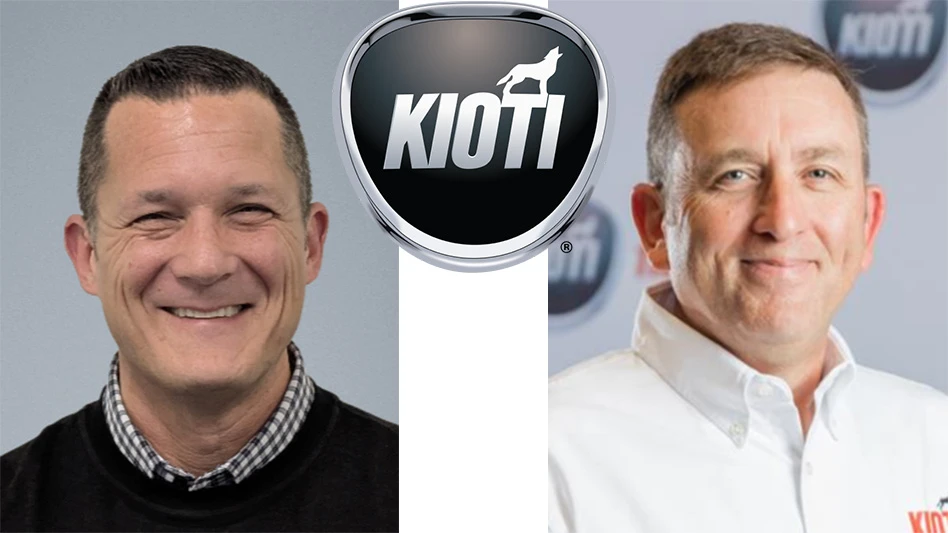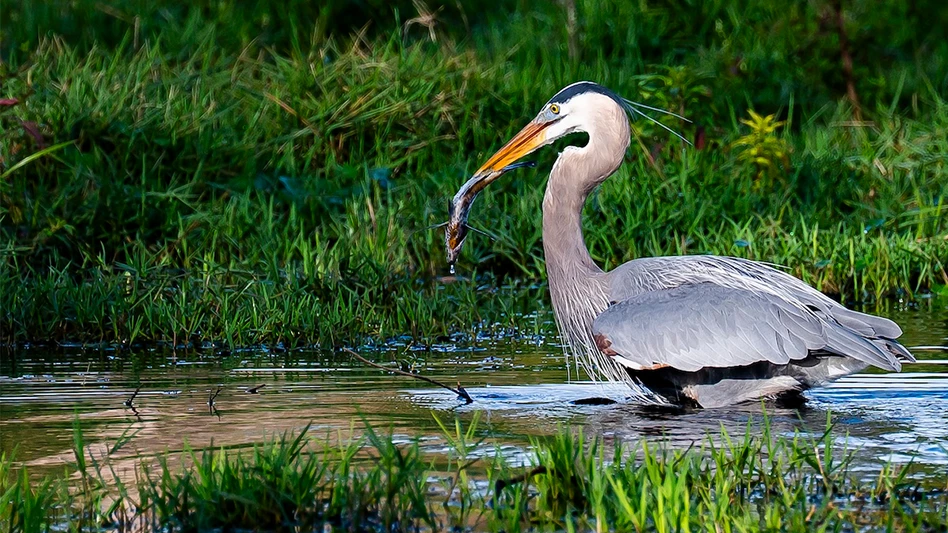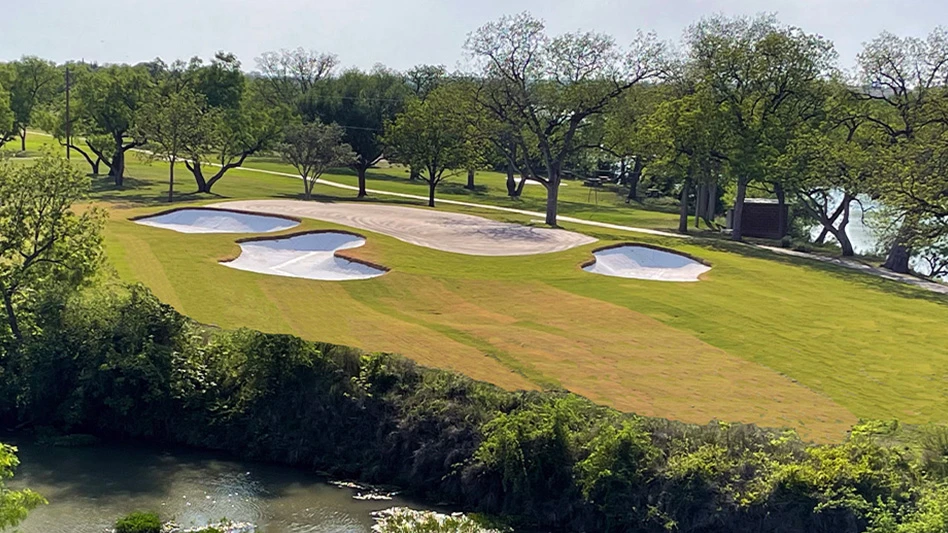
Adode Stock
United States golf courses decreased the use of nitrogen, phosphorous and potassium in 2021, compared with usage in 2006, according to recently released survey data from the GCSAA. The 2022 Nutrient Use and Pest Management Survey was conducted by the GCSAA and funded by the GCSAA Foundation as part of its Golf Course Environmental Profile program, which began in 2005.
The report’s findings comparing 2021 to 2006 included:
- Nitrogen use decreased by 41 percent
- Applied phosphorus use decreased by 59 percent
- Applied potassium use decreased by 54 percent
The reduction of applied nitrogen, applied phosphorus and potassium is likely a result of reduced application rates and fertilized acres, according to a GCSAA news release. The reduction in fertilized acres occurred because of acre reductions at operational facilities and facility closures.
The survey results from more than 1,400 GCSAA member and nonmember golf course superintendents were collected and independently analyzed by scientists Dr. Travis Shaddox of the Bluegrass Art and Science LLC., Dr. J. Bryan Unruh of the University of Florida and the National Golf Foundation, which published the findings for peer review before making the information public.
The most significant nutrient reduction occurred with applied phosphorus. This reduction appears to be at least partially a result of mandated phosphorous restrictions, which was the most common restriction reported by facilities. Whether voluntary or mandated, this recommendation appears to be followed by more facilities year-over-year as evidenced by the finding that more facilities did not apply any applied phosphorus in 2021 than in both 2014 and 2006.
The study also provides data on average nutrient use in the seven U.S. agronomic regions. Acres fertilized with nitrogen, applied phosphorus and potassium declined within each agronomic region, and fewer nutrients were applied across the regions in conjunction with reduced fertilized acres.
The median nitrogen application rate declined in the North Central, Southeast, Southwest, Transition, and Upper West/Mountain regions, while the median nitrogen application rate remained unchanged in the Northeast and Pacific since 2006. Applied phosphorus application rates declined within each region with the greatest reduction reported in the North Central. Potassium application rates declined within each agronomic region except the Pacific.
“The latest national survey results continue to demonstrate golf course superintendents’ dedication to being responsible environmental stewards,” GCSAA CEO Rhett Evans said. “Through their work and focus on the environment, superintendents are more perspicacious with their use of nutrients, enabling healthier green spaces today and for the future.”
As part of the third series of its Golf Course Environmental Profile program, GCSAA will publish the Pest Management Practices on U.S. Golf Courses report and results of the Property Profile and Environmental Stewardship Practices Survey separately in 2023.
Latest from Golf Course Industry
- PBI-Gordon promotes Jeff Marvin
- USGA investing $1 million into Western Pennsylvania public golf
- KemperSports taps new strategy EVP
- Audubon International marks Earth Day in growth mode
- Editor’s notebook: Do your part
- Greens with Envy 66: A Southern spring road trip
- GCSAA’s Rounds 4 Research auction begins
- Quali-Pro hires new technical services manager





